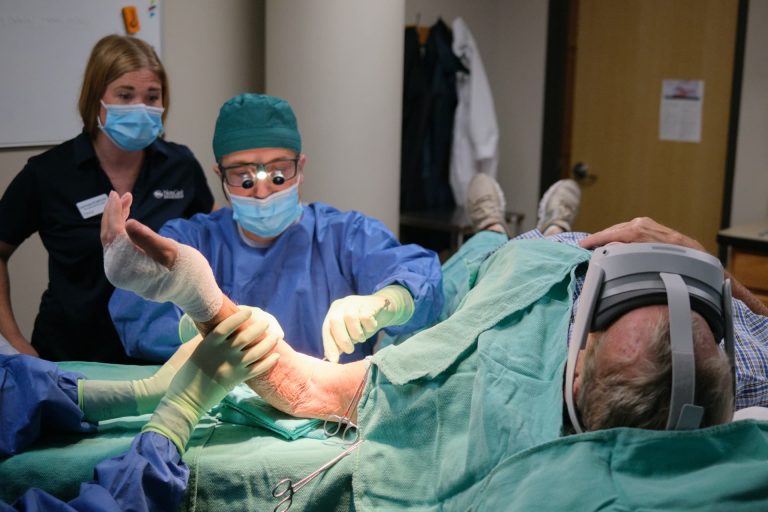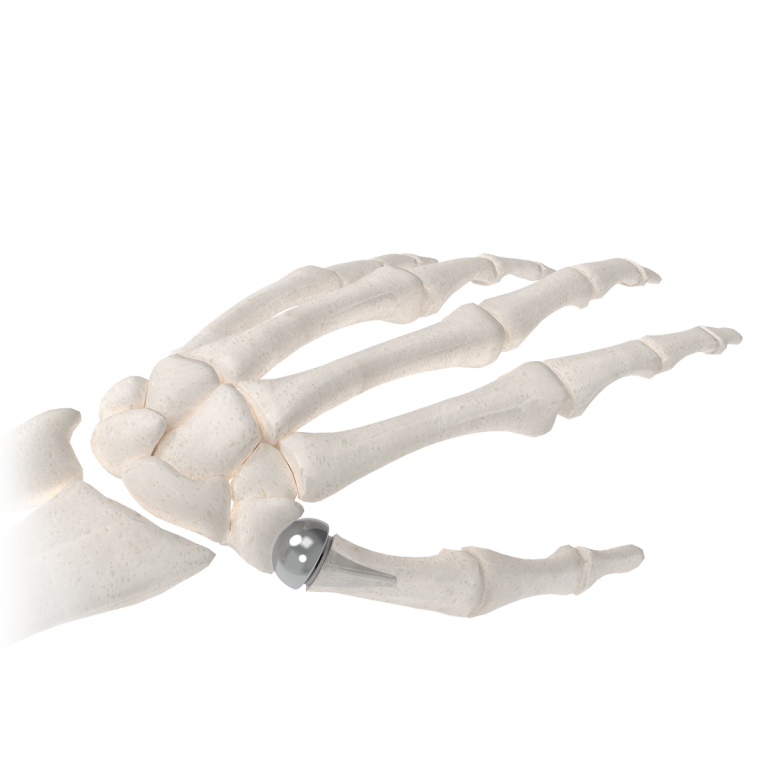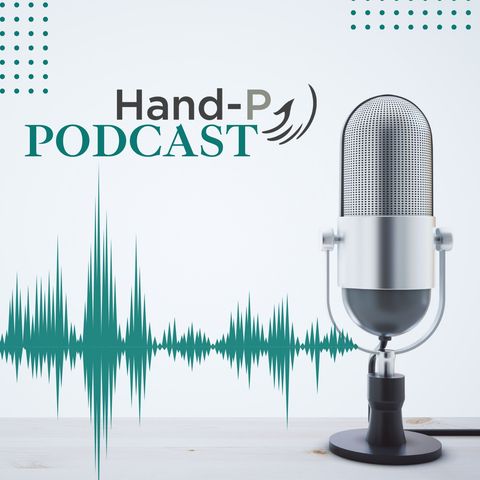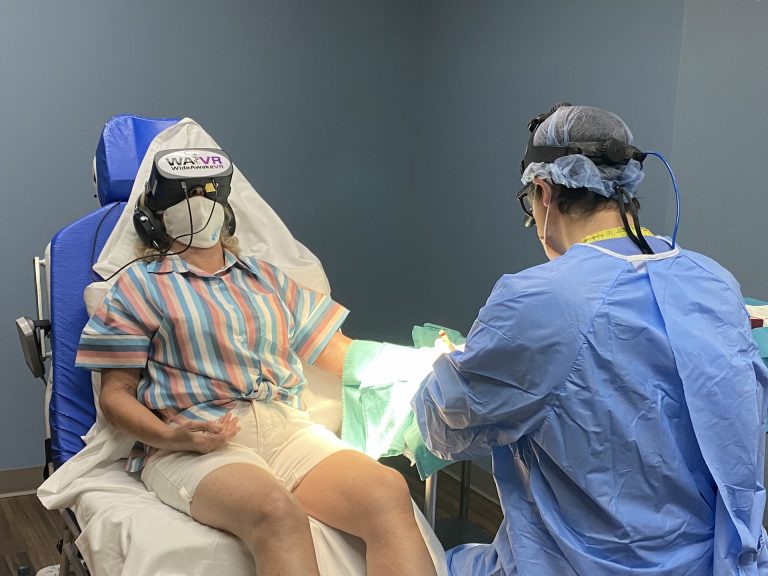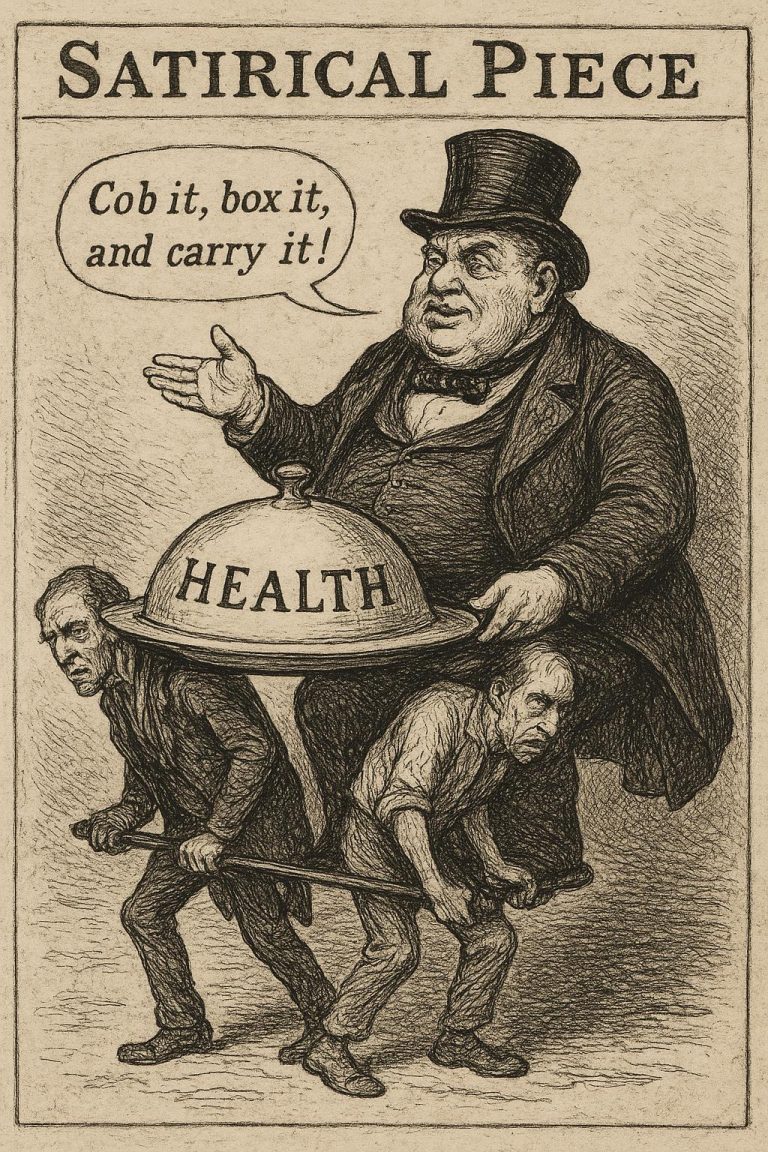Antibiotics and Tendonitis
Certain antibiotics, particularly fluoroquinolones, are strongly associated with tendon disorders, including tendonitis and tendon rupture. Other antibiotics, such as cephalosporins, have been implicated to a lesser extent.
Fluoroquinolones
Fluoroquinolones (e.g., ciprofloxacin, levofloxacin, moxifloxacin) are broad-spectrum antibiotics commonly prescribed for infections like urinary tract infections, respiratory infections, and sinusitis. Their association with tendon damage has been well-documented since the 1980s, leading to FDA black-box warnings in 2008 and updates in 2016.
- Mechanism of Action on Tendons:
- Fluoroquinolones may disrupt tendon homeostasis by:
- Collagen Degradation: They upregulate matrix metalloproteinases (MMPs), enzymes that break down collagen, weakening tendon structure.
- Tenocyte Toxicity: They induce oxidative stress and apoptosis in tenocytes (tendon cells), impairing tendon repair.
- Inhibition of Collagen Synthesis: They interfere with DNA replication and extracellular matrix production, critical for tendon maintenance.
- The Achilles tendon is most commonly affected (95% of cases), likely due to its high load-bearing role during activities like walking or running. Other tendons, such as the rotator cuff, quadriceps, or peroneus brevis, can also be impacted.
- These effects can manifest acutely (within hours to days) or be delayed (up to 6 months post-treatment).
- Risk Factors:
- Age: Risk increases with age (>60 years), as tendons become less elastic and tenocyte function declines.
- Corticosteroid Use: Concurrent use of corticosteroids amplifies risk, with studies reporting a 46-fold increase in Achilles tendon rupture when combined with fluoroquinolones.
- Physical Activity: Athletes or active individuals are at higher risk due to repetitive tendon loading.
- Comorbidities: Renal failure, diabetes, rheumatoid arthritis, gout, or hyperparathyroidism exacerbate vulnerability.
- Impact on Tendonitis Evolution:
- Initiation: Fluoroquinolones can trigger acute tendonitis, characterized by pain, swelling, and inflammation, often within days of starting treatment.
- Progression: Unlike overuse-related tendonitis, fluoroquinolone-induced tendonitis often involves significant inflammation and may progress to tendinosis (degenerative tendon changes without inflammation) or rupture if untreated.
- Chronicity: Recovery is slower and more challenging than with typical tendonitis. Severe inflammation and collagen damage can lead to prolonged pain and impaired function, sometimes lasting months to years.
- Rupture Risk: The FDA estimates a 3-4-fold increased risk of tendon rupture with fluoroquinolones, with levofloxacin showing a higher risk than ciprofloxacin or moxifloxacin.
- Clinical Management:
- Discontinue Fluoroquinolones: At the first sign of tendon pain, swelling, or inflammation, stop the antibiotic and switch to an alternative (e.g., penicillin-based antibiotics like amoxicillin).
- Rest and Immobilization: Avoid physical activity to prevent rupture. Heel lifts or walking boots may reduce Achilles tendon strain.
- Anti-Inflammatory Measures: Nonsteroidal anti-inflammatory drugs (NSAIDs) or ice may help manage acute pain and inflammation, though evidence is mixed for long-term benefits.
- Rehabilitation: A slow, physiotherapy-guided strengthening program is critical, avoiding aggressive eccentric exercises early on.
- Monitoring: Ultrasound or MRI can assess tendon damage and guide return to activity.
- Critical Notes:
- Not all fluoroquinolones carry equal risk. Levofloxacin is consistently linked to higher tendon rupture risk, while ciprofloxacin and moxifloxacin show lower or no significant risk in some studies.
- Observational studies may overestimate risk due to confounding by indication bias (e.g., patients prescribed fluoroquinolones may have underlying conditions predisposing to tendon issues).
- The absolute risk remains low (e.g., 1 in 25,000 for rupture), but the severity of outcomes (e.g., surgical repair, long-term disability) justifies caution.
Other Antibiotics
- Cephalosporins (e.g., cephalexin, cefixime, cefdinir):
- Rare case reports link cephalosporins to tendonitis or rupture, with mechanisms unclear. A 2021 study found cephalexin associated with a 1.31-fold increased risk of tendon rupture, comparable to or greater than levofloxacin, challenging the assumption that only fluoroquinolones pose significant risk.
- Unlike fluoroquinolones, cephalosporins lack a clear mechanistic link to tendon damage (e.g., no known effect on MMPs). The association may reflect confounding factors or indication bias.
- Impact on Tendonitis: Cephalexin-induced tendonitis (e.g., Achilles) is rare, typically resolves upon discontinuation, and has less severe progression than fluoroquinolone-related cases.
- Other Antibiotics:
- Tetracycline, azithromycin, and clindamycin have been anecdotally linked to tendonitis, but evidence is weak and inconsistent. Their impact on tendonitis evolution appears negligible compared to fluoroquinolones.
Anti-Lipid Drugs (Statins) and Tendonitis
Statins (e.g., simvastatin, atorvastatin, rosuvastatin), used to lower cholesterol, are HMG-CoA reductase inhibitors associated with musculoskeletal side effects, including tendon disorders. Their impact on tendonitis is less pronounced than fluoroquinolones but still significant, particularly in hyperlipidemic patients.
Mechanisms of Action on Tendons
- Cholesterol Metabolism Disruption:
- Tendons rely on cholesterol for tenocyte membrane integrity and collagen synthesis. Statins reduce cholesterol levels, potentially weakening tendon structure.
- Cholesterol byproducts may deposit as xanthomas (lipid accumulations) or fatty streaks in tendons, altering mechanical properties and increasing rupture risk.
- Collagen and Extracellular Matrix (ECM) Effects:
- Statins may impair collagen production and ECM maintenance, leading to tendon degeneration (tendinosis).
- Animal studies show statins decrease tendon elastic modulus, making them more prone to tears.
- Inflammatory and Oxidative Stress:
- Statins can induce low-grade inflammation or oxidative stress in tendons, contributing to tendonitis.
- Calcific Tendinopathy:
- Some evidence suggests statins may promote calcific deposits in tendons (e.g., Achilles), further compromising integrity.
Risk Factors
- Hyperlipidemia: Patients with high cholesterol or triglyceride levels are more likely to develop tendon changes (e.g., xanthomas), which statins may exacerbate or fail to fully resolve.
- Duration of Use: Long-term statin use increases risk, as chronic cholesterol reduction affects tendon homeostasis.
- Physical Activity: Active individuals or athletes may experience higher tendon strain, amplifying statin-related damage.
- Comorbidities: Obesity, diabetes, or pre-existing tendon disorders heighten vulnerability.
Impact on Tendonitis Evolution
- Initiation: Statins may trigger tendonitis, particularly in the Achilles or rotator cuff, presenting as pain or stiffness. Symptoms are less acute than with fluoroquinolones but can persist with continued use.
- Progression: Statin-induced tendonitis often evolves into tendinosis, characterized by degenerative changes without significant inflammation. This can lead to chronic pain and reduced tendon resilience.
- Rupture Risk: Case reports and studies suggest a small but notable risk of tendon rupture, particularly in hyperlipidemic patients with xanthomas. The risk is lower than with fluoroquinolones but still relevant.
- Chronicity: Tendon healing is impaired in hyperlipidemic or statin-treated patients due to altered ECM and reduced collagen repair. Recovery may be prolonged, especially if lipid profiles remain uncontrolled.
Clinical Management
- Assess Statin Necessity: Weigh cardiovascular benefits against tendon risks, especially in patients with tendon symptoms or risk factors.
- Monitor Lipid Profiles: Optimize lipid control to minimize xanthoma formation or fatty streaks in tendons.
- Rest and Rehabilitation: Similar to fluoroquinolone-induced tendonitis, rest and gradual strengthening are key. Avoid overloading tendons during acute phases.
- Alternative Therapies: If tendon symptoms persist, consider switching to non-statin lipid-lowering agents (e.g., ezetimibe) or adjusting statin dose after consulting a physician.
- Imaging: Ultrasound or MRI can detect xanthomas, calcifications, or degenerative changes to guide treatment.
Critical Notes
- The link between statins and tendonitis is less robust than for fluoroquinolones, with fewer large-scale studies. Much evidence comes from case reports or animal studies, limiting causal certainty.
- Hyperlipidemia itself is a risk factor for tendon disorders, complicating attribution to statins alone. Untreated high cholesterol can cause similar tendon changes (e.g., xanthomas), suggesting statins may mitigate rather than exacerbate damage in some cases.
- Statins vary in their tendon effects. For example, simvastatin and atorvastatin may have higher risks than rosuvastatin in animal models, though human data is inconclusive.
Combined Effects of Antibiotics and Statins
- Synergistic Risks:
- Concurrent use of fluoroquinolones and statins may amplify tendon damage due to overlapping mechanisms (e.g., collagen disruption, oxidative stress). While direct studies on this combination are scarce, both drug classes independently increase tendonitis and rupture risk, suggesting caution.
- Patients with hyperlipidemia (often on statins) and infections (treated with fluoroquinolones) are at higher risk, especially if elderly, active, or on corticosteroids.
- Clinical Implications:
- Physicians should avoid prescribing fluoroquinolones to statin users unless no alternatives exist, particularly for non-severe infections (e.g., sinusitis, bronchitis).
- Monitor for early tendon symptoms (pain, swelling) in patients on both drugs, and consider imaging or specialist referral (e.g., orthopedist) if symptoms arise.
Critical Analysis and Gaps
- Evidence Quality:
- Fluoroquinolone-related tendon damage is well-supported by observational studies, case reports, and mechanistic research, but absolute risks are low, and confounding biases (e.g., patient comorbidities) may inflate estimates.
- Statin-related tendonitis evidence is weaker, relying heavily on case reports and animal studies. Hyperlipidemia itself confounds the association, and large-scale human studies are lacking.
- Mechanistic Uncertainty:
- The exact pathways (e.g., MMP activity, oxidative stress) linking these drugs to tendon damage require further elucidation, especially for non-fluoroquinolone antibiotics and statins.
- Underreporting:
- Tendon disorders may be underdiagnosed or misattributed to overuse or aging, particularly for statins, where musculoskeletal side effects are less emphasized than myopathy.
- Research Needs:
- Prospective studies on combined fluoroquinolone-statin use and tendon outcomes.
- Comparative studies on different statins and their tendon effects in humans.
- Investigation of non-fluoroquinolone antibiotics (e.g., cephalosporins) to clarify their risk profile.
Practical Recommendations
- For Patients:
- Inform your doctor about tendon pain, swelling, or prior tendon issues before starting antibiotics or statins.
- If prescribed fluoroquinolones, ask about alternatives for non-severe infections, especially if on statins or corticosteroids.
- Report tendon symptoms immediately and avoid strenuous activity until evaluated.
- For Clinicians:
- Reserve fluoroquinolones for severe infections without alternatives, per FDA guidance.
- Assess tendon risk factors (age, activity level, comorbidities, corticosteroid use) before prescribing fluoroquinolones or continuing statins.
- Educate patients on tendonitis symptoms and the need for prompt reporting.
- Consider imaging (ultrasound/MRI) for persistent tendon symptoms to guide management.
- For Rehabilitation:
- Adopt a cautious, phased approach to tendon recovery, prioritizing rest and gradual loading over aggressive exercises.
- Collaborate with physiotherapists to tailor rehabilitation to drug-induced tendonitis, which differs from overuse injuries.
Conclusion
Fluoroquinolone antibiotics, particularly levofloxacin, are strongly linked to tendonitis and rupture, with rapid onset, severe inflammation, and prolonged recovery due to collagen degradation and tenocyte toxicity. Statins pose a lesser but notable risk, contributing to tendonitis and tendinosis through cholesterol metabolism disruption and ECM changes, often in the context of hyperlipidemia. Combined use of these drugs may heighten tendon vulnerability, especially in at-risk groups (e.g., elderly, active individuals, or those on corticosteroids). While fluoroquinolone risks are well-established, statin-related tendon effects require further study to disentangle drug versus disease contributions. Clinicians and patients should prioritize risk assessment, early symptom recognition, and tailored management to mitigate tendonitis progression and prevent rupture.

